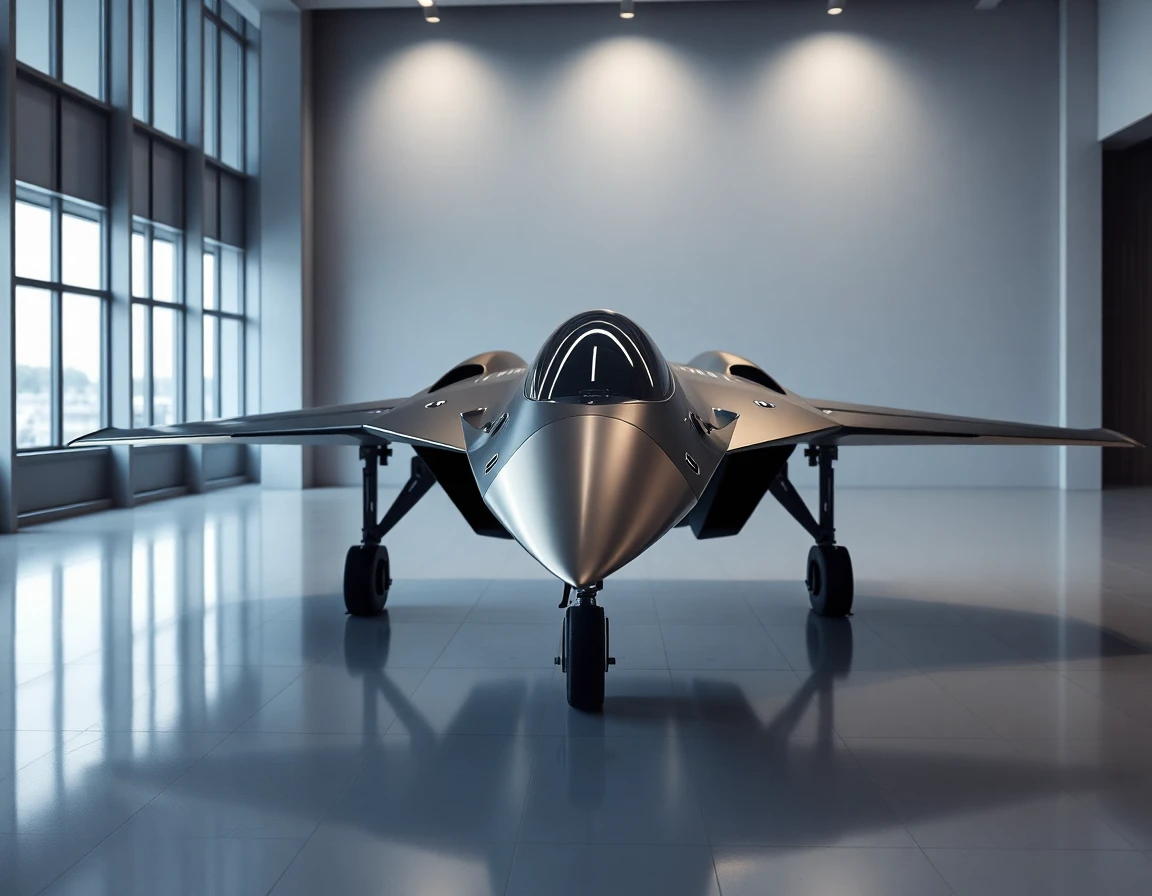Understanding Quantum Radar
In recent years, quantum radar technology has emerged as a groundbreaking advancement in the field of defense and surveillance systems. Unlike traditional radar systems, which rely on electromagnetic waves, quantum radar utilizes the principles of quantum mechanics to enhance detection capabilities. This innovative approach not only promises improved accuracy but also offers significant advantages in stealth and anti-jamming capabilities.
The Mechanics of Quantum Radar
At its core, quantum radar operates by leveraging entangled photons to detect objects. When a quantum radar system emits these photons, it can achieve a level of sensitivity that surpasses classical radar systems. The use of quantum entanglement enables the radar to pick up on minuscule changes in the environment, which can be crucial in identifying stealth aircraft or missiles that would typically evade detection.
According to Dr. Emily Carter, a leading physicist in quantum technologies at the Institute for Defense Research, “Quantum radar represents a paradigm shift in how we perceive and interact with the battlefield. Its ability to detect objects with higher precision and in cluttered environments is unparalleled.”
Recent Breakthroughs in Quantum Radar Technology
Recent breakthroughs in quantum radar technology have made it more feasible for integration into military applications. Researchers at the Massachusetts Institute of Technology (MIT) have developed a prototype that demonstrates the potential for quantum radar to detect small drones at unprecedented distances. The MIT team utilized a unique setup that combines quantum illumination with advanced signal processing techniques to enhance the detection range and accuracy.
Technical Specifications
- Entangled Photon Sources: The key component of quantum radar systems is the generation of entangled photons, which can be produced using nonlinear optical processes. This allows for the creation of a highly sensitive detection environment.
- Detection Range: Early prototypes have shown capabilities of detecting objects up to 100 kilometers away, significantly exceeding the range of conventional radar systems.
- Jamming Resistance: Quantum radar is inherently more resistant to jamming due to its reliance on quantum properties, making it a reliable option for military operations in contested environments.
Implications for Military Applications
The potential military applications of quantum radar are vast and varied. From enhancing situational awareness to improving target acquisition, the integration of quantum radar systems into defense strategies could redefine modern warfare. The ability to detect stealth technology, such as aircraft designed to evade radar, could provide a strategic advantage that has not been possible with current radar systems.
“The implications for air defense are significant. Quantum radar could allow for the detection of enemy aircraft that are currently invisible to our radar systems,” stated Colonel Mark Thompson, a defense strategist at the Pentagon. “This will not only change the dynamics of air superiority but also the overall battlefield landscape.”
Future Developments and Industry Context
As the demand for advanced military technology continues to rise, the defense industry is investing heavily in quantum radar research and development. Major defense contractors, including Lockheed Martin and Northrop Grumman, are exploring partnerships with academic institutions to accelerate the deployment of quantum radar systems.
The transition from research to operational capability is expected to take several years, as the technology must undergo rigorous testing and validation. However, with ongoing advancements, experts anticipate that we may see field-ready quantum radar systems within the next decade.
Related Technologies: A Comprehensive Approach
In conjunction with quantum radar, other radar systems are evolving to complement this technology. Traditional radar systems are being upgraded to integrate quantum techniques, providing a hybrid approach that combines the best of both worlds. This integration could lead to more robust defense mechanisms capable of countering emerging threats.
Dr. Linda Wang, an aerospace engineer with over 20 years of experience in radar technology, emphasized the importance of this hybridization: “By integrating quantum radar technology with existing radar systems, we can create a multi-layered defense strategy that enhances our overall capabilities.”
Conclusion: A New Frontier in Defense Technology
The advent of quantum radar technology marks a significant milestone in the aerospace and defense sector. With its unparalleled detection capabilities and potential military applications, quantum radar is set to transform how nations approach security and defense. As research progresses and more breakthroughs are made, the implications for global defense strategies will be profound, ushering in a new era of military technology.
As we stand on the brink of this technological revolution, it is crucial for industry stakeholders, including government officials, defense contractors, and researchers, to collaborate and harness the full potential of quantum radar. The future of warfare may very well depend on it.



